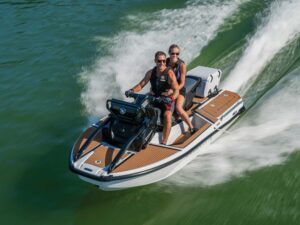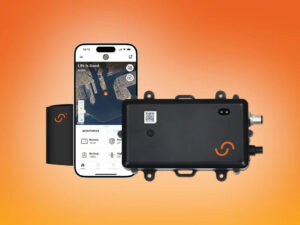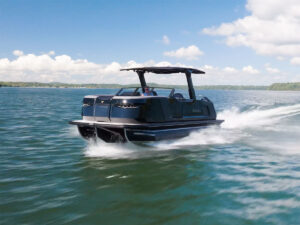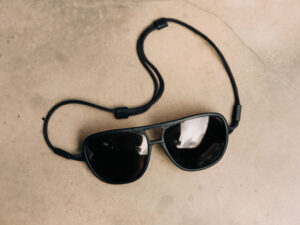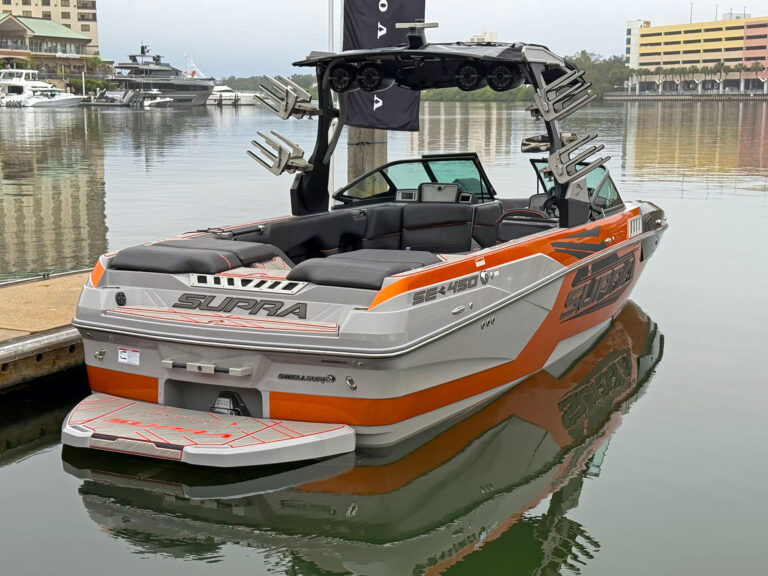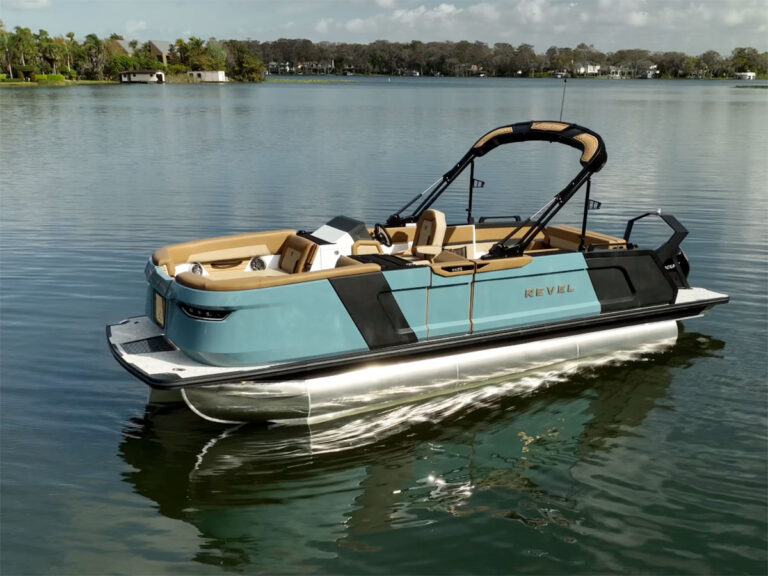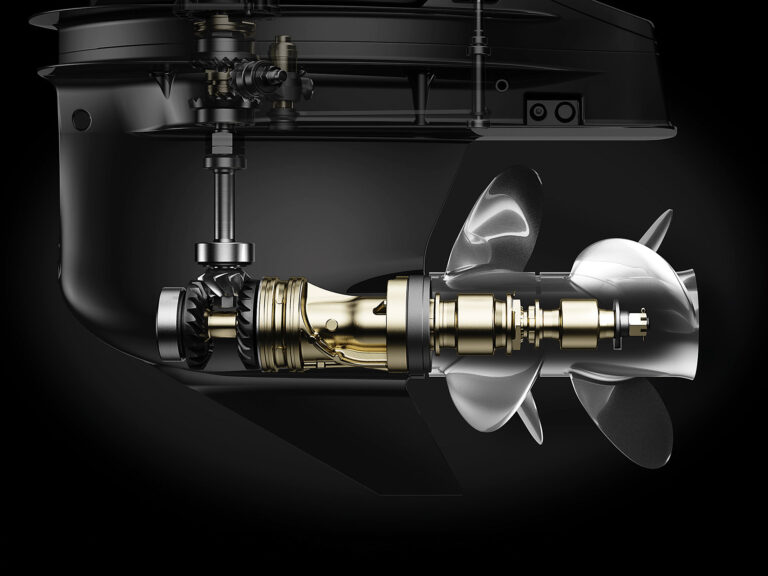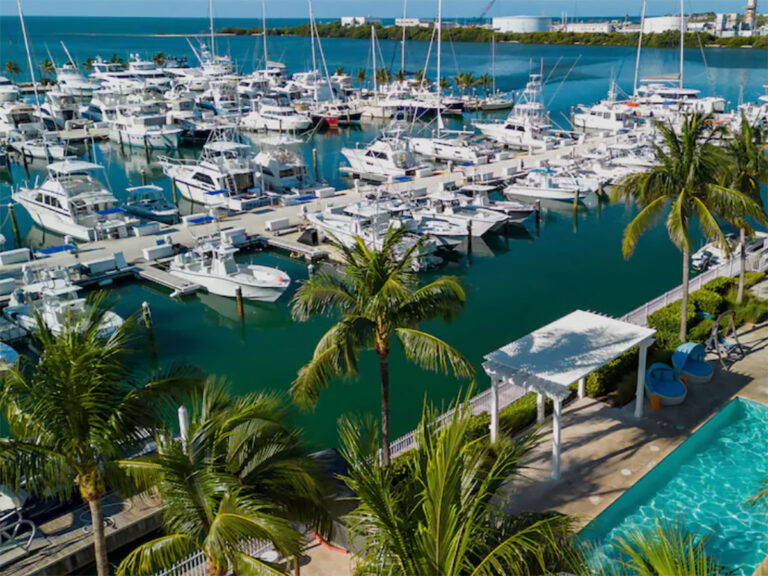We’d all like calm, sunny days when boating but the reality often includes the occasional day of wet and nasty weather. Be prepared with foul weather gear that will not only keep you from being soaked by the elements…but also from being soaked by sweat and condensation that often builds up from within.
Here’s what to look for in your next set of foul weather gear.
Coatings vs. Breathable Fabrics

Basic foul-weather gear is typically nylon, covered in PVC, polyurethane or neoprene. PVC is waterproof, durable, light and surprisingly inexpensive but can get clammy feeling inside as condensation builds. Polyurethane is light and more breathable, but can prove less durable and water repellant. Neoprene is extremely durable and provides the most flex but it can be bulky feeling…not to mention expensive.
Breathable fabrics, like Gore-Tex, are a higher-priced but desirable alternative. These fabrics allow water vapor produced within to pass through the fabric to the outside of the garment, while preventing larger water molecules on the exterior from passing from the outside in.
Extra Attention To Seams, High-Wear Areas, Drainage

Seams are a weak point in any garment designed to fend off the elements. Ideally, any stitched seams should be sealed with waterproof taping. If you’re worried about high-wear areas like knees or seat, look for reinforcement panels. Open bottoms or netted fabric allow for water drainage.
Proper Fit And Comfort Features

Most foul weather gear is designed to pull on over existing clothing and as such garments typically have a slightly loose, oversized feel. Still, wrists, ankles and neck should have closures to snug up the garment around openings. Jacket zippers should feature a storm flap to prevent water intrusion. Underarm grommets can provide added ventilation.

